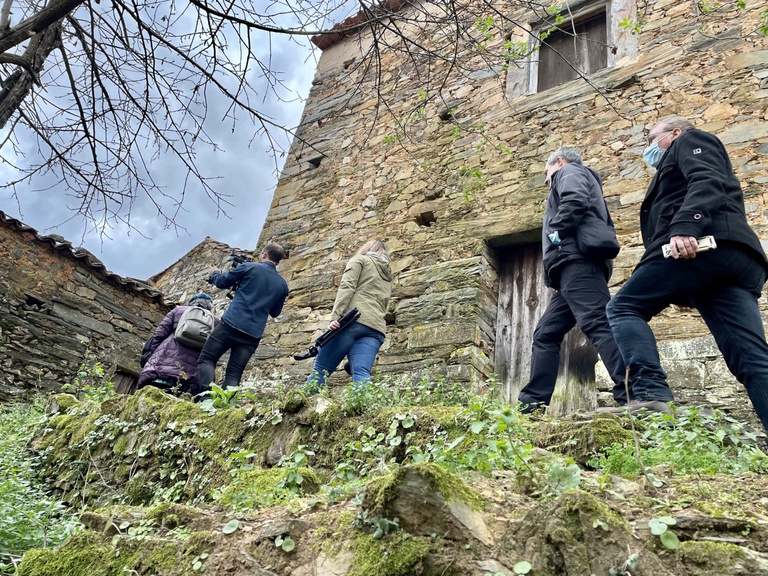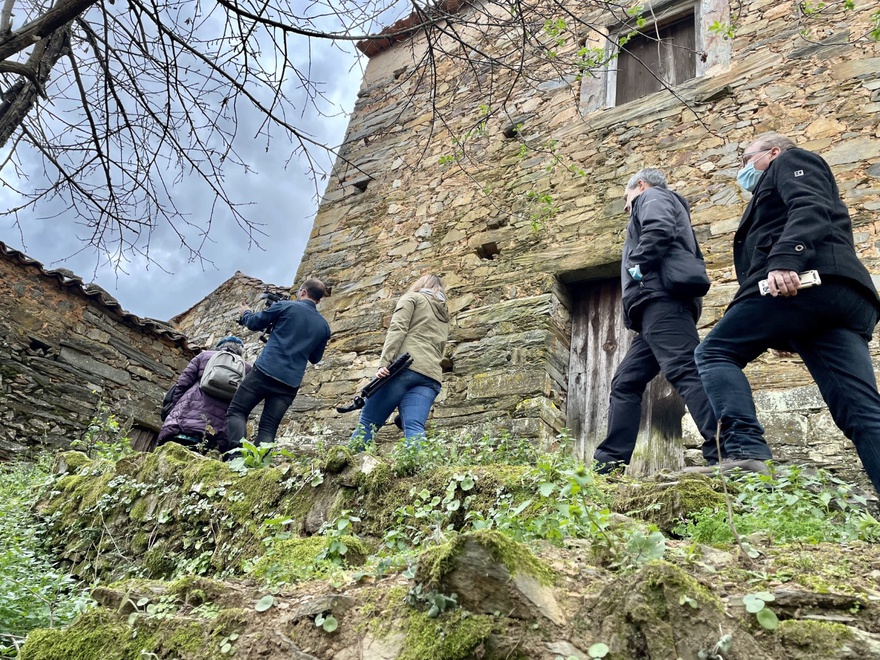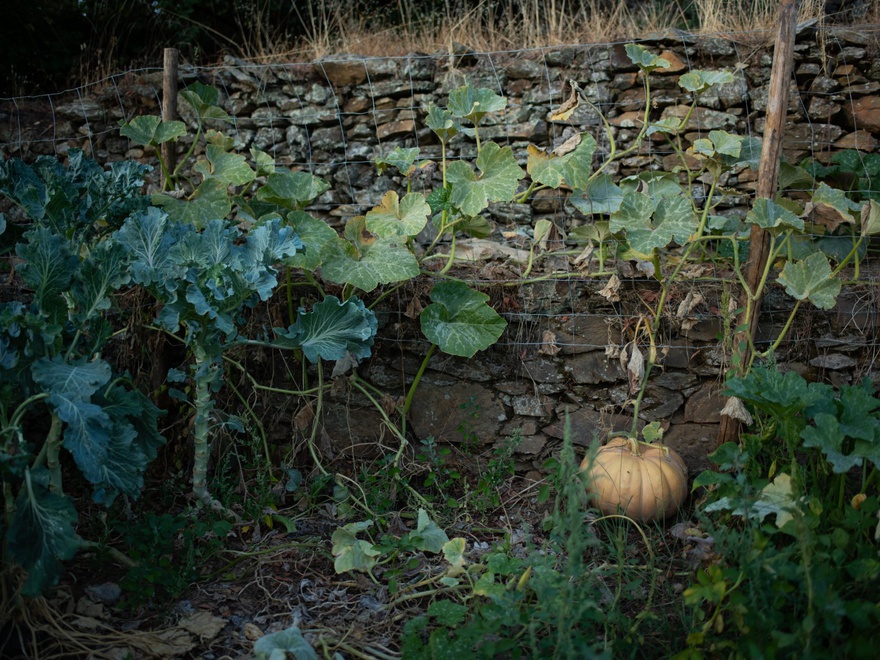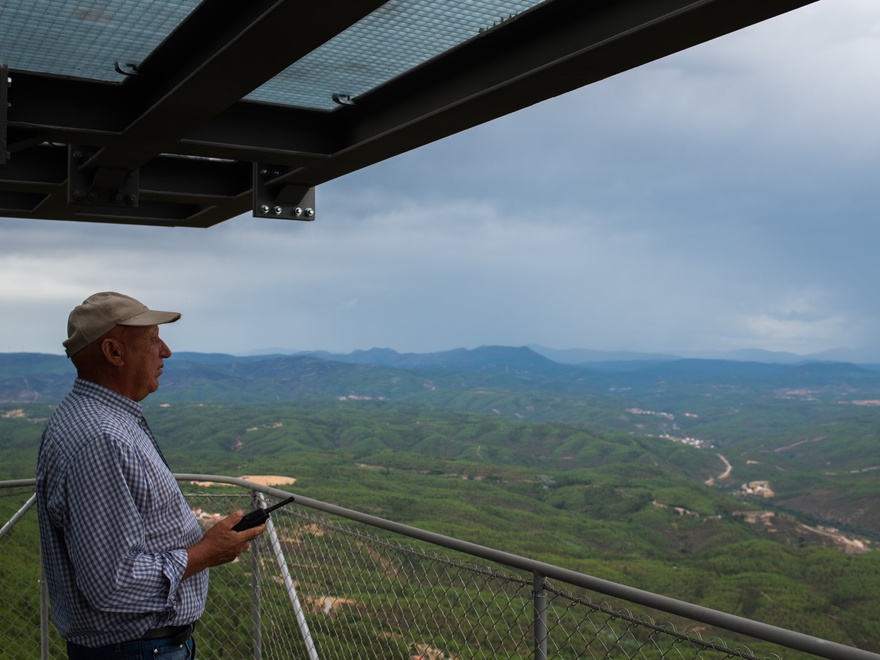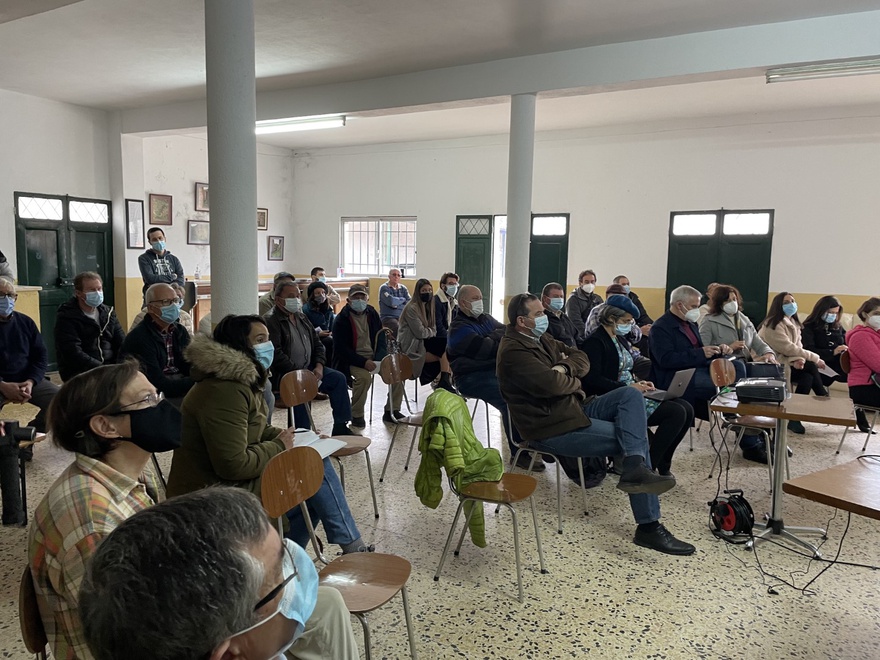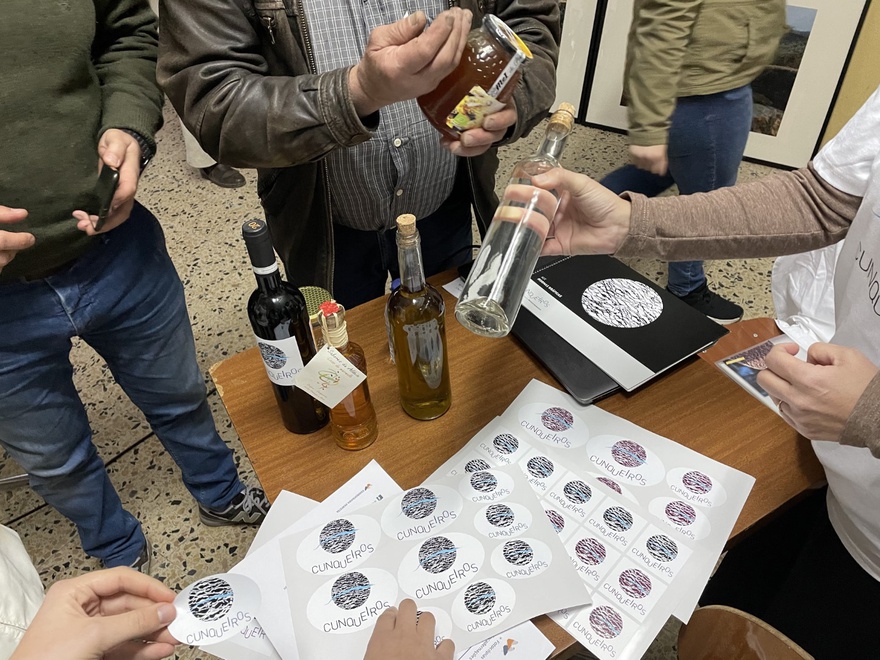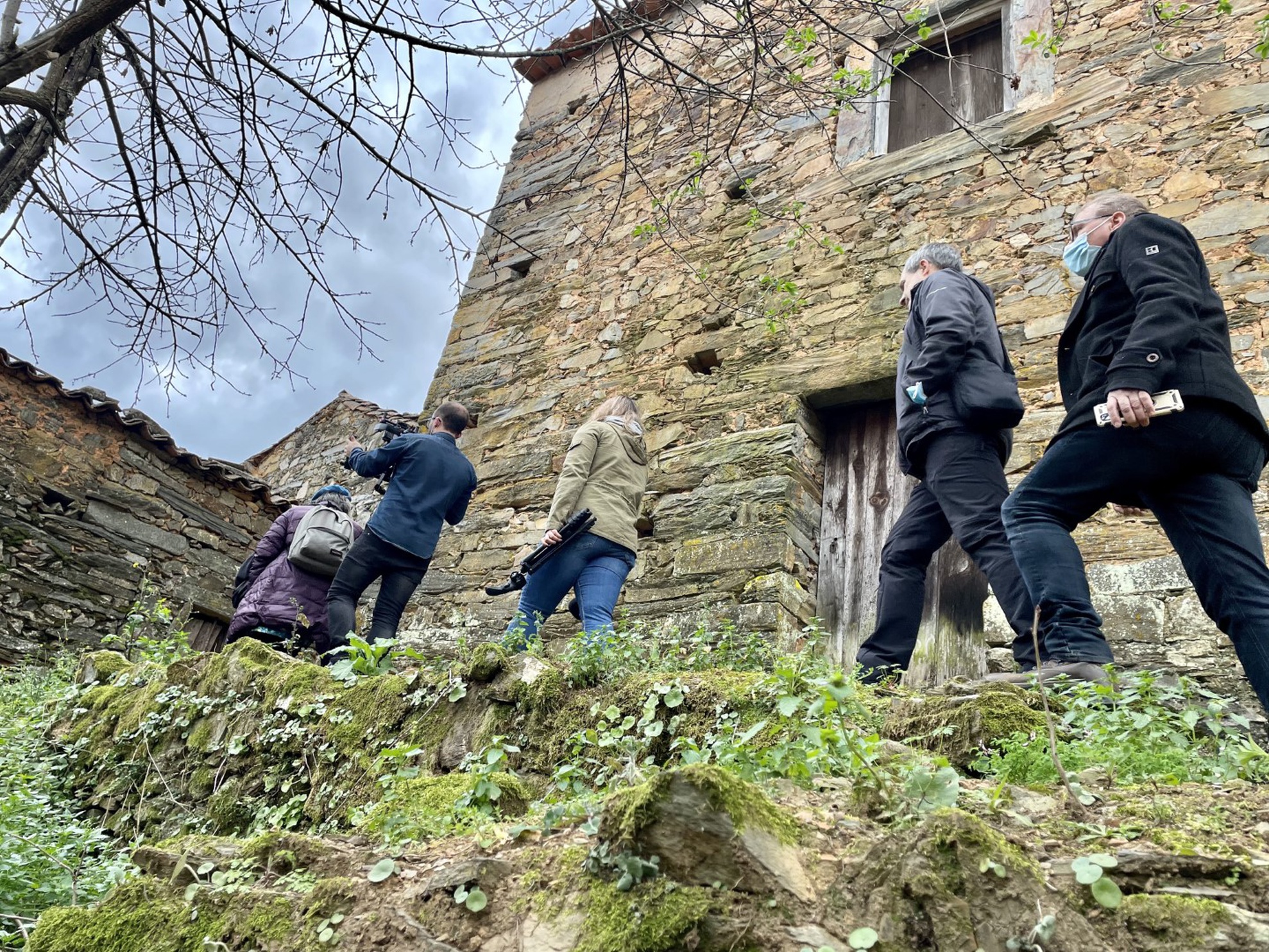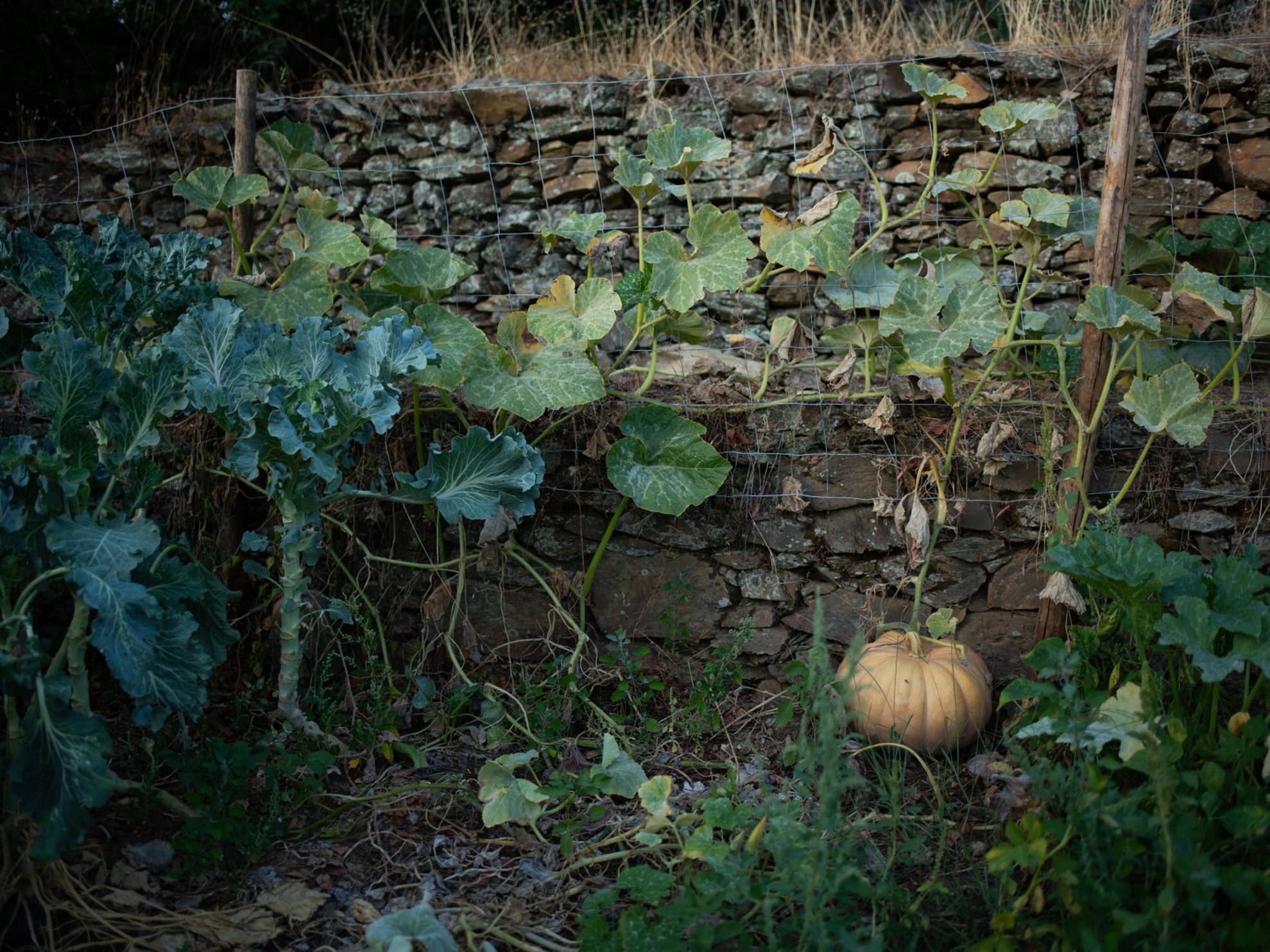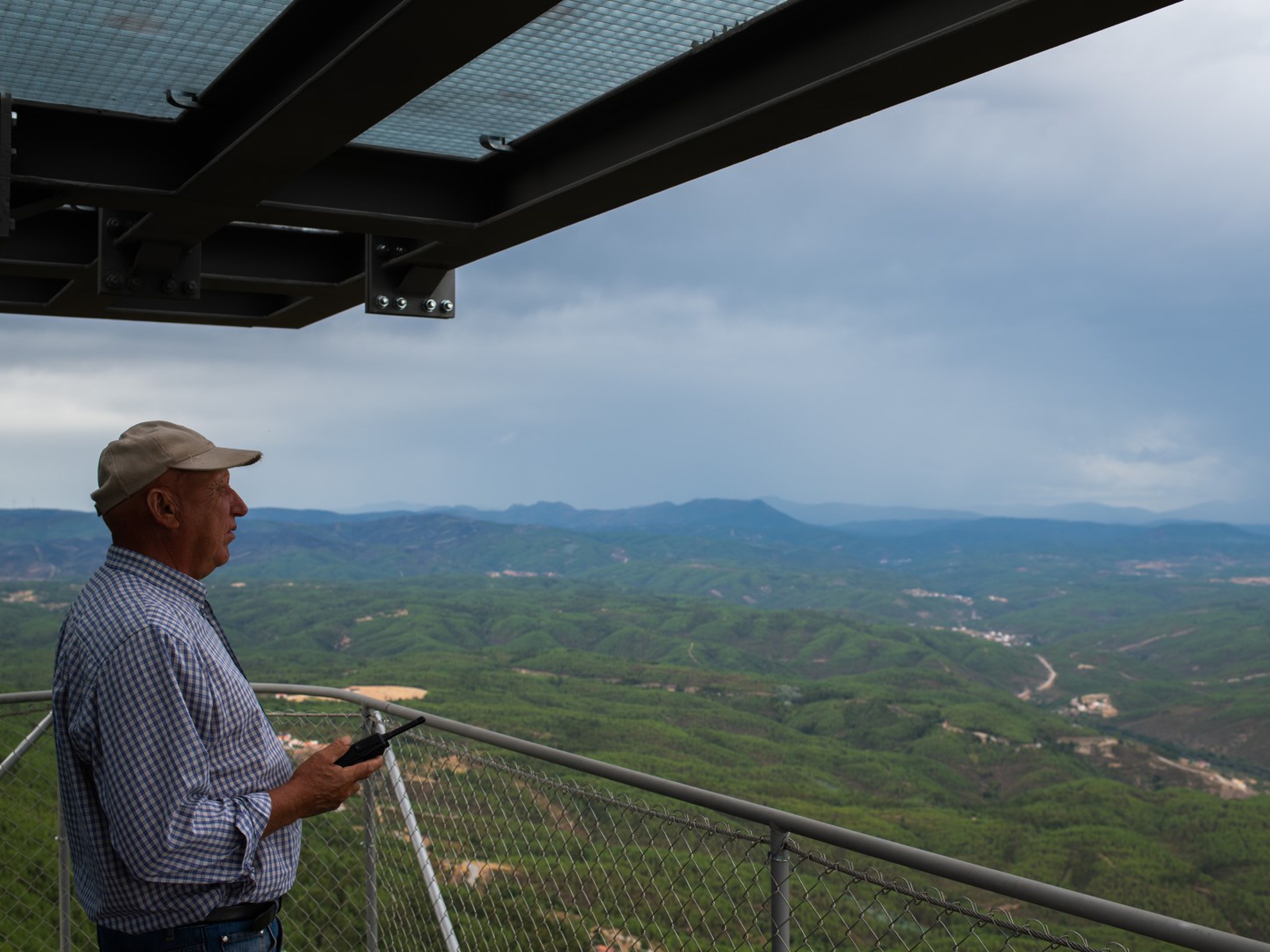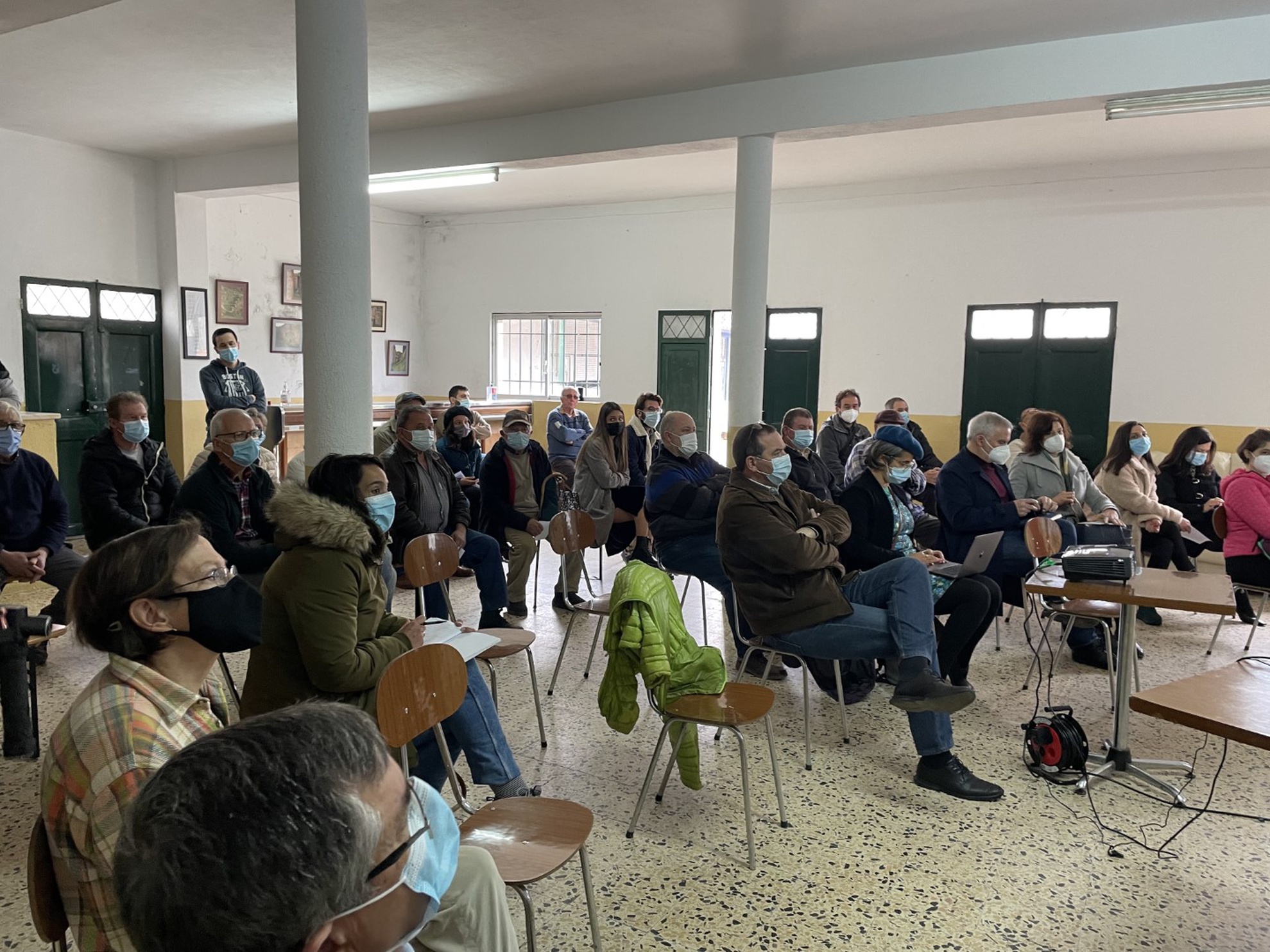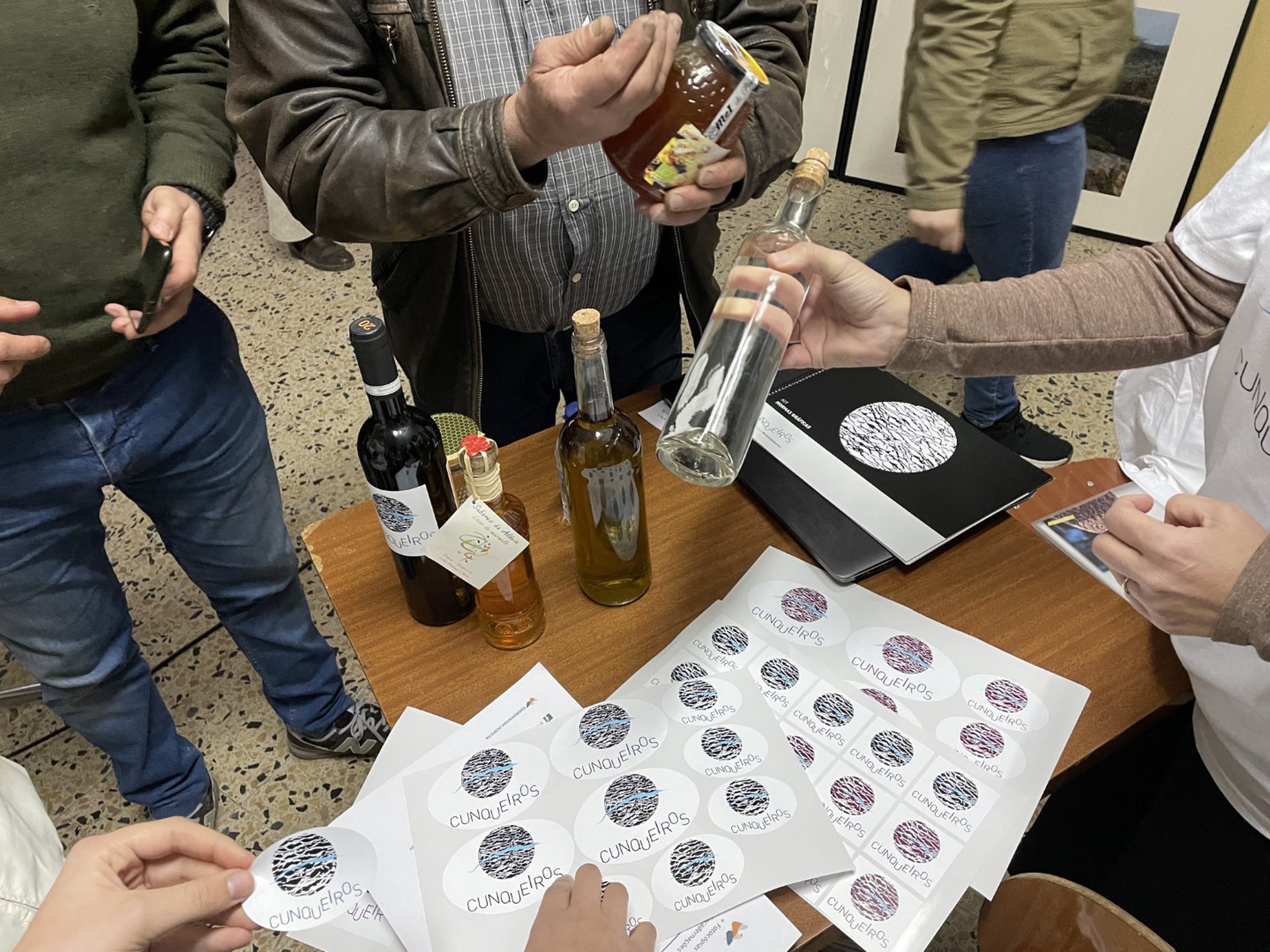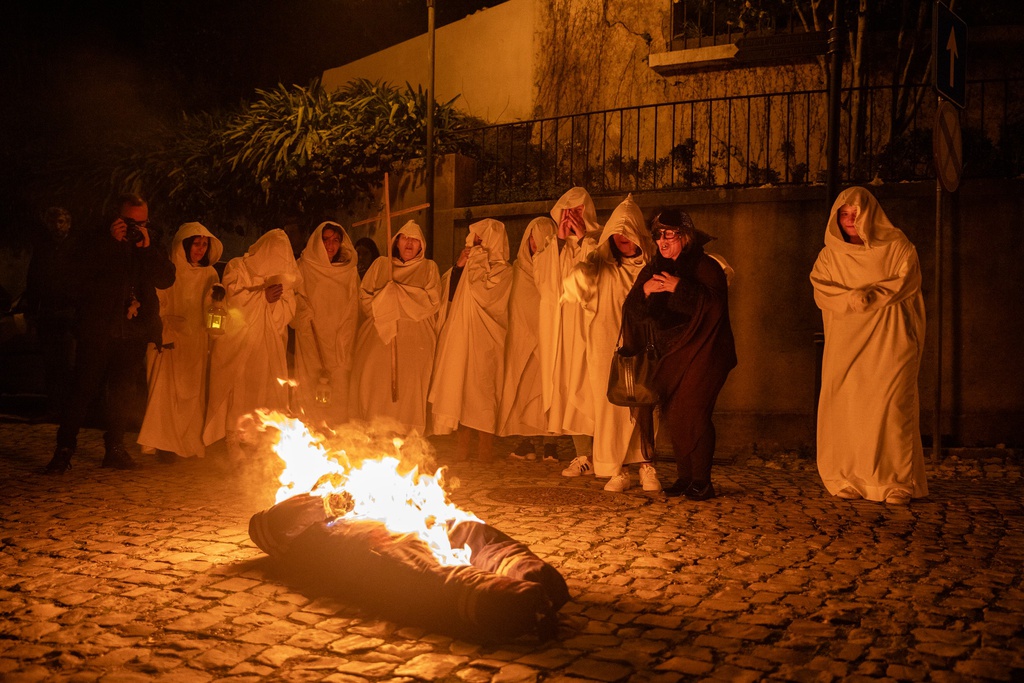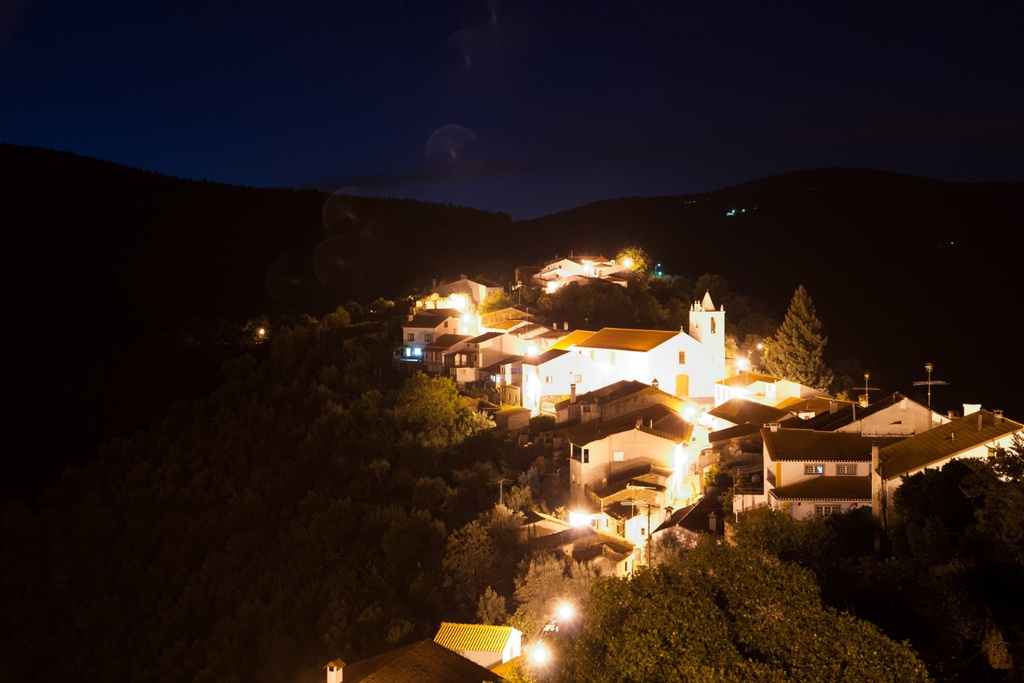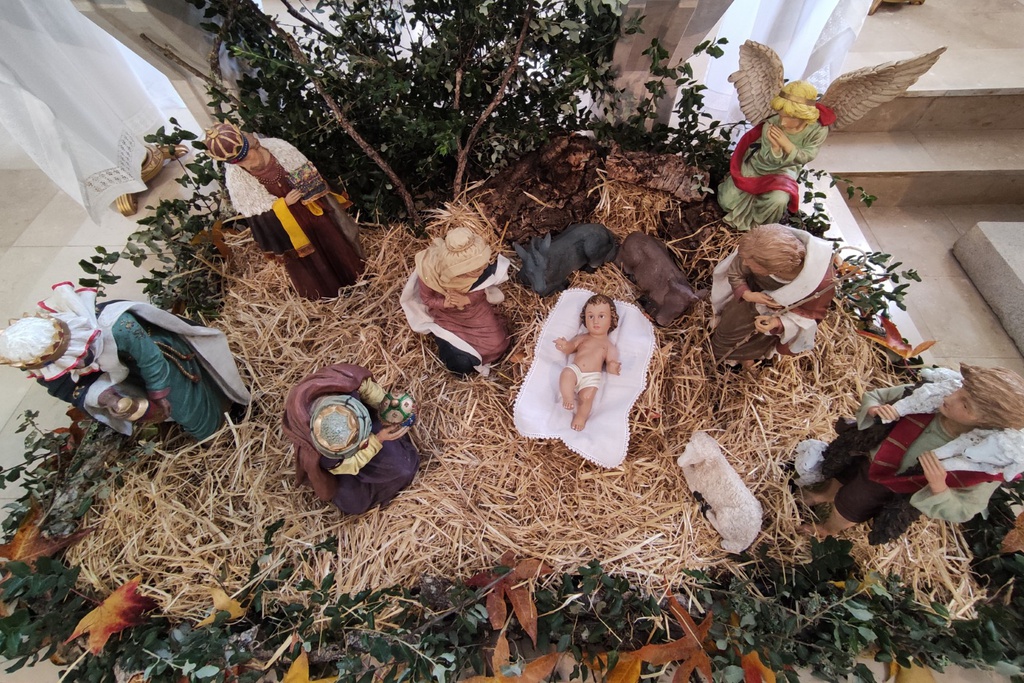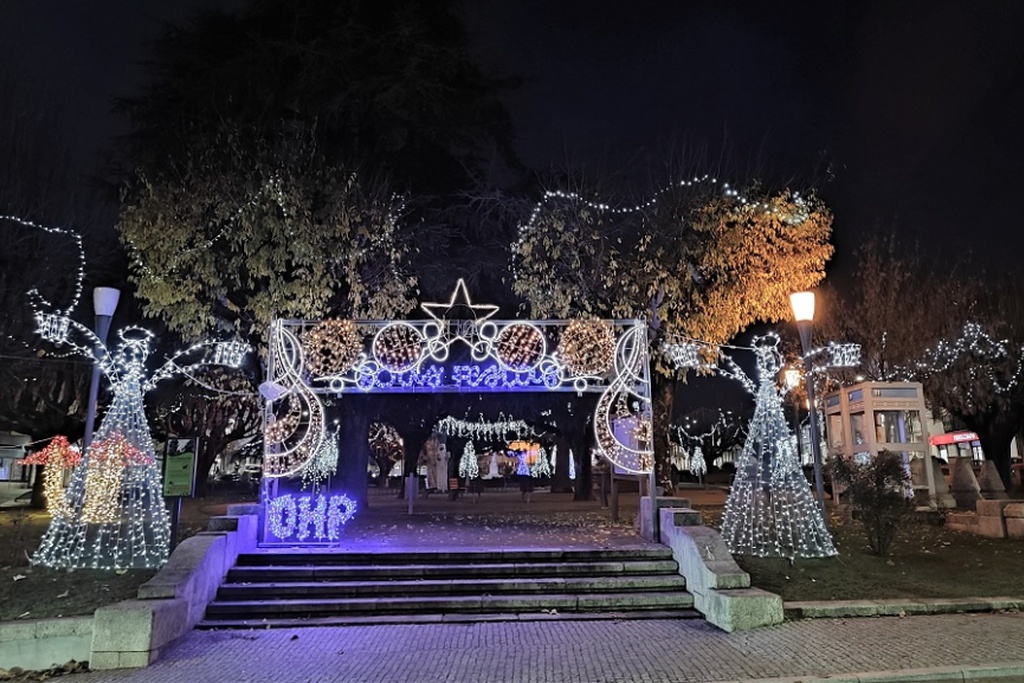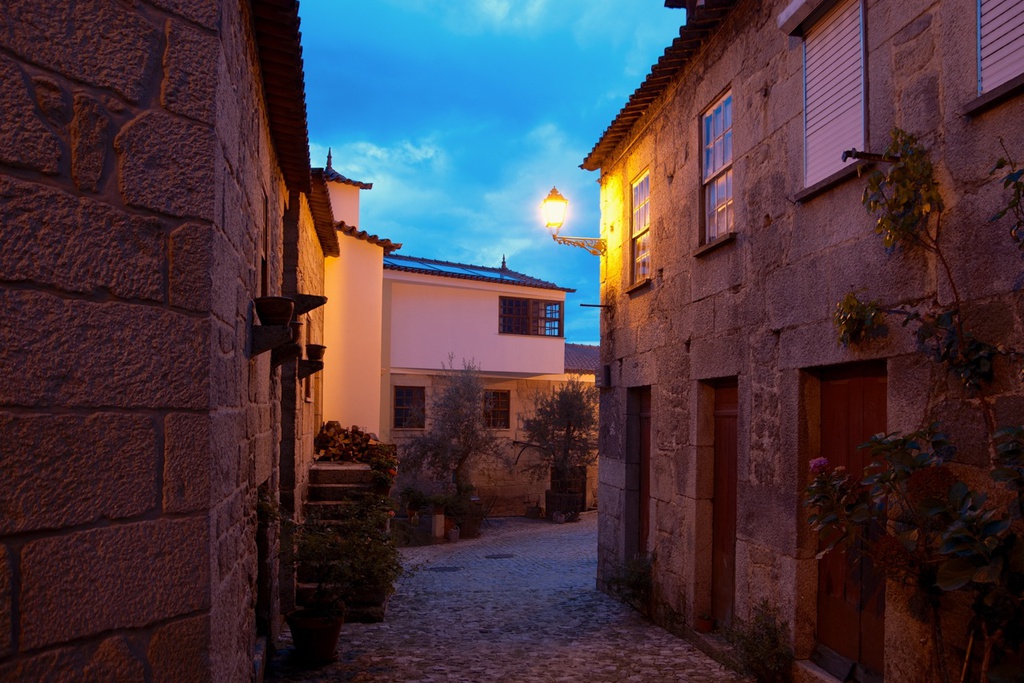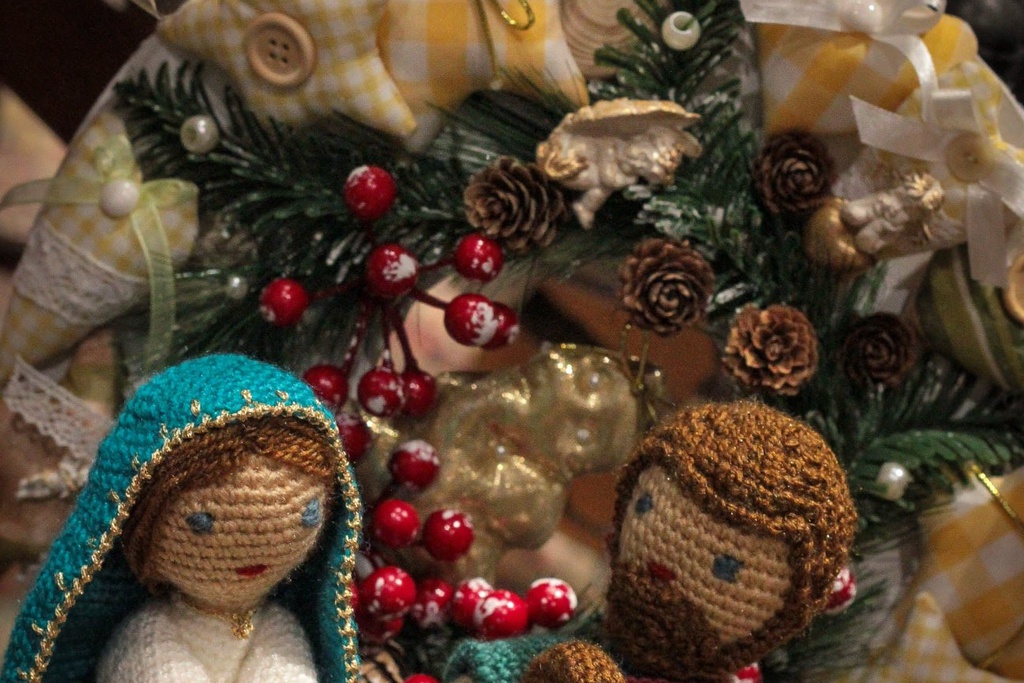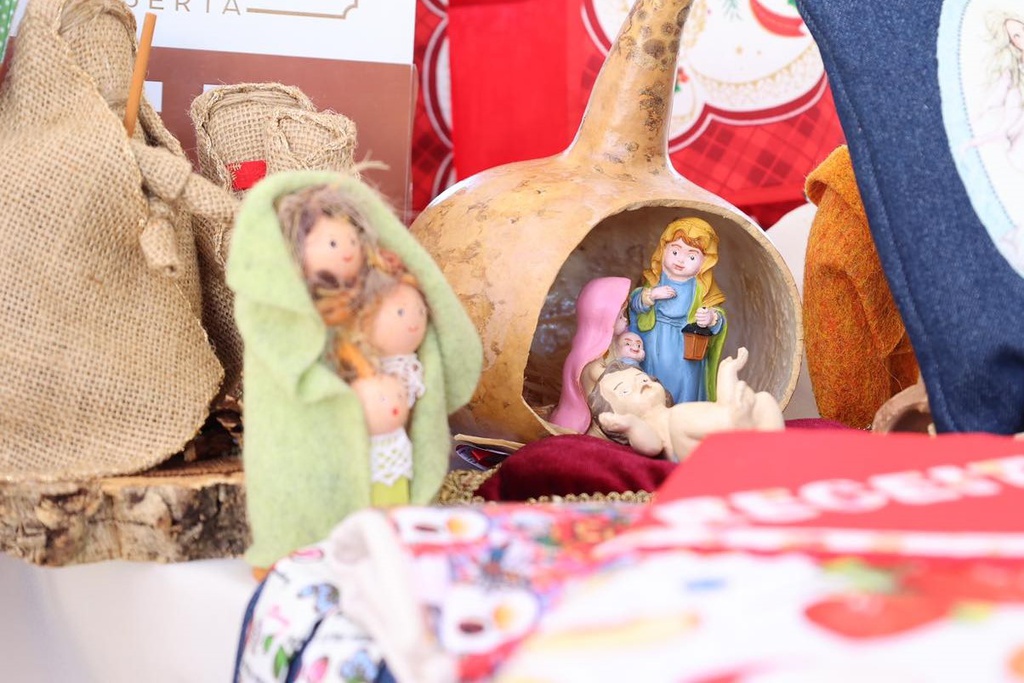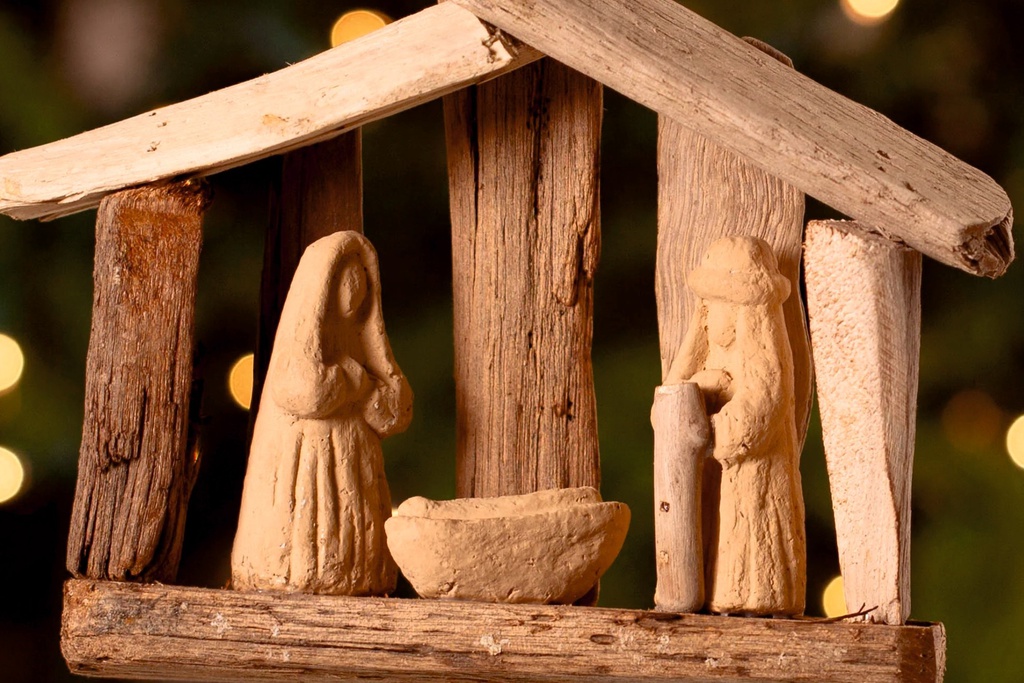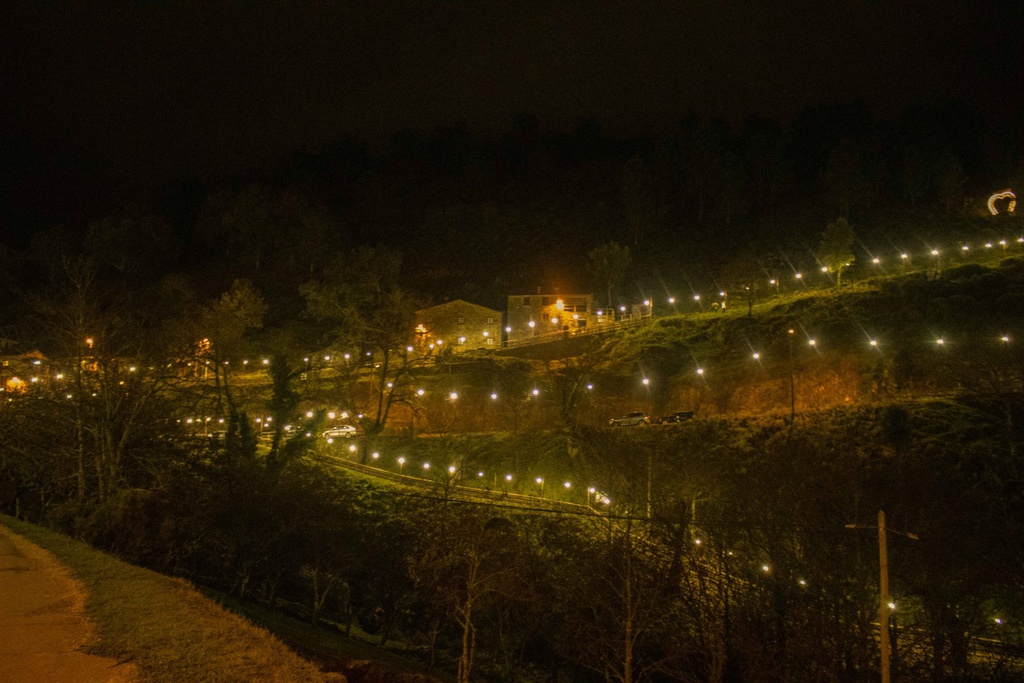Meet. Belong. Friendship. Work done and the will to do more. People. These words perfectly summarise what happened at the village of Cunqueiros, in the municipality of Proença-a-Nova, on 12 February. For the seminar entitled “O Território é a Escala” (The Territory is the Scale), promoted by ADXTUR - Schist Villages Tourism Development Agency, in partnership with PES - Projeto Entre Serras (Between Serras Project) and the ARCC - Associação Recreativa e Cultural de Cunqueiros, public figures and entities from various backgrounds were invited to reflect on the territory, the villages and the people who build their daily lives there and do so happily. A meeting to discuss the various intersections with the territory, the different approaches and their scopes, where community initiatives for the protection of the village-space and the inquisitive eye of three photographers were in focus.
Pedro Pedrosa, fromthe Association of Residents of Ferraria de São João, Ema Pires, from the Property Owners Committee of Aldeia da Mó, Tiago Fabião, from the Assembly of Land Owners of the parish of Cortes do Meio, and Luís Rosa, from the Property Owners Committee of the village of Cunqueiros, shared the challenges they face in implementing projects such as the Village Protection Area, in the Aldeia do Xisto of Ferraria de São João, the Village Condominium in the neighbouring village Mó, or the community olive grove in Cortes do Meio. At the end of the speeches, some ideas gained particular momentum: people are essential for projects to come to fruition; the villages are all different but have common concerns, so sharing information is fundamental; the intervention of public entities is crucial for the evolution of these places and to guarantee their territories and their people the right to a future.
Because art and photography serve as triggers for new ideas and dynamics, this was the moment chosen to showcase the three photographers’ work: starting from the village of Cunqueiros, Duarte Belo travelled towards the mountain ranges of Lousã and Açor and João Abreu towards the Tejo-Ocreza, while Carlos Casteleira followed the course of the river Zêzere documenting the territory, the landscape, the villages and the people.
The appropriation of spaces and the creation of a feeling of belonging
"This seminar introduced me to the concept of belonging. The way in which the community gathers around its village and the photographic work carried both question the way in which we appropriate spaces and how we can build belonging", says the ADXTUR coordinator.
"The fact that we came together to reflect, is a way of appropriating territories and villages and claiming them for ourselves while stating that spaces are made up of the people in them and empowering people, whether through community or in a more formal way, is absolutely crucial," adds Bruno Ramos.
The same line of thought is followed by Carlos Casteleira, from PES. “A space only exists from the moment when there is a road, commerce, an artist, a village with its own customs. People, of course, are important in this whole process, because without people there is no village," he argues. Carlos Casteleira explains that this project "starts from the idea of photographing the territory, from a less touristic and instead more research-based approach”, emphasising that each one of the photographers had their own methods. "It is important to look at things from different perspectives, because the territory is complex and it is impossible to have a global picture. And it is important that this approach is made by all kinds of viewpoints, not only photographers, but also geographers, anthropologists, artists", he adds. As this method is a kind of "territory survey", Carlos Casteleira believes that, given time, "art is indispensable and ends up setting the foundation for change".
"People are the ones who give life to the territory", said the Mayor of Proença-a-Nova, "territories have to be attractive and create conditions for people to settle". The mayor also highlighted that the Recovery and Resilience Plan is "an opportunity" that the region cannot lose and underlines the need for joint thinking. "If we come together, we have greater influence", he concluded.
For Nuno Caldeira, from ARCC, these initiatives are "very important", as they capture "something different" for the village. "The activity carried out is very much about the chores of the countryside, but different things also draw in people as well as occupy day-to-day life", he considers. Therefore, one of the Association's objectives is to make the village more dynamic, through, for example, the organisation of events. One of the main missions is also "to be the voice of the village when it comes to addressing the local authority, conveying the concerns and the wishes of the community" and guaranteeing that there are better conditions for all those who want to make Cunqueiros their home. “The big goal is to find a way to facilitate living here permanently. It is a desire that we all have", he concludes. For this, it is also important that "EU funds are visible on site and not just in leaflets".
The project "Experimenta Paisagem", which includes the Magma Cellar, a work of art permanently available in the village centre, and the presentation of the Cunqueiros brand, developed by MAG - Marques de Aguiar, closed this day of work, socializing and sharing, which culminated in a walk through the village and a visit to the cellar.


